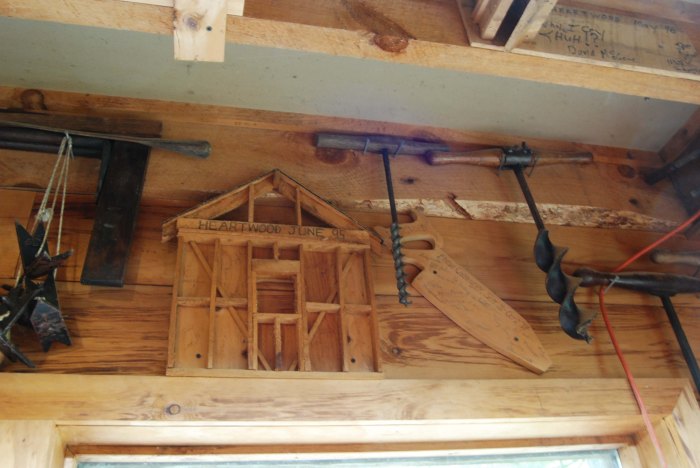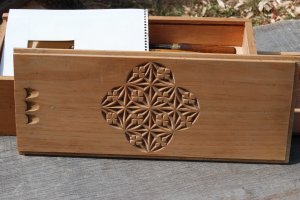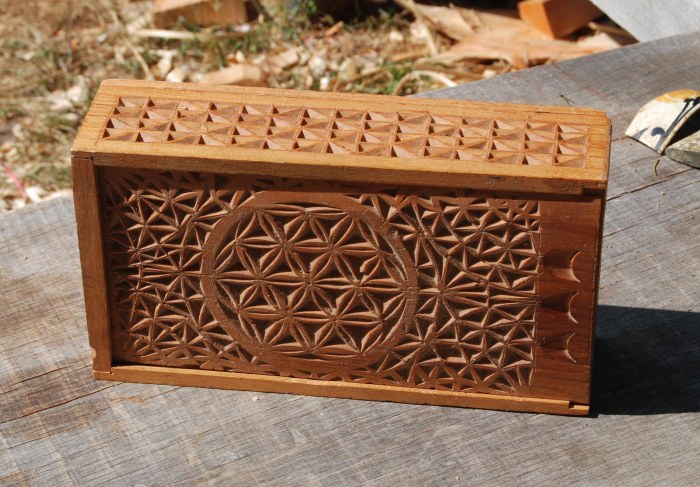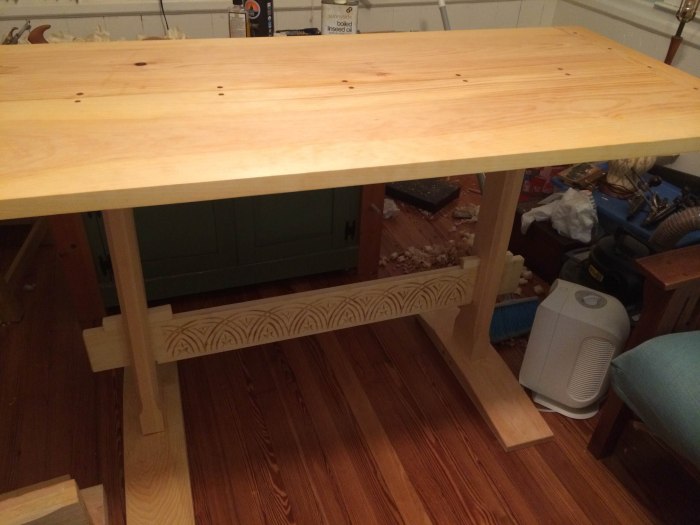I just spent a week back at the Heartwood School for the Homebuilding Crafts http://www.heartwoodschool.com/ – after being a student there in 1984, I finally returned to teach a small class in making the carved boxes. What a treat! Run all these years by Will & Michele Beemer – Heartwood is a great place. Woodsy, small-scale, friendly and exciting all at once. They have done a great job with this school – it was such a thrill to be there and see how it has developed. When I was first there, I was as green as the wood; but by now I know my way around woodworking schools, and this one gets very high marks. In many ways, it reminds me of my friends Drew & Louise Langsner’s Country Workshops. Both schools are a husband & wife endeavor, very homey (although Will & Michele commute about a mile to work – one of the nicest commutes I have ever taken), and both have a community of supporters and involved participants. I know I will be back before another 30 years. Hopefully next year. Lots of pictures & captions. I wish I had shot the surrounding Berkshire hills…but was sorta busy.

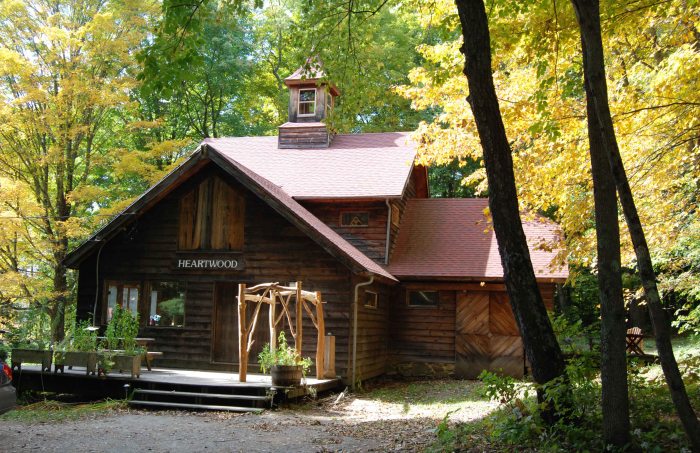










A few things set this box class apart from previous ones – because there were only 4 students, we made larger-sized boxes. More like ordinary period ones; about 20-22″ long, 6″ high, 12″+ front to back. And we made tills. Added some fumbling & headache – but they really add a lot to the finished box.




Heartwood’s lunches are legendary – thanks to Michele’s hard work.

Scattered throughout the shop are mementos from previous classes, and apprenticeship grads – going back quite a ways…
And projects from specialty timber-framing classes – here’s an example of how to scribe and cut a post to sit on stone. Look at that fit. Will says “now it’s Art”
we didn’t get to it, but there’s a pizza oven. Need I say more? (the frame is a class-project; fitting square timbers to round, round-t0-round, etc – like a sampler)
I didn’t shoot enough the last day; we had lots to do, fitting the wooden hinges, making lids and so on. I wish I had shot some of the local landscape as well. I always joke about those of us from eastern Massachusetts, and how we never go to western Massachusetts (& vice-versa, mostly) – ask my sister who lives in Springfield. But I was thrilled to be there, and reconnect to Will & Michele. BUT…the very next day when I got home, it was off to a perfect fall day at low tide.



